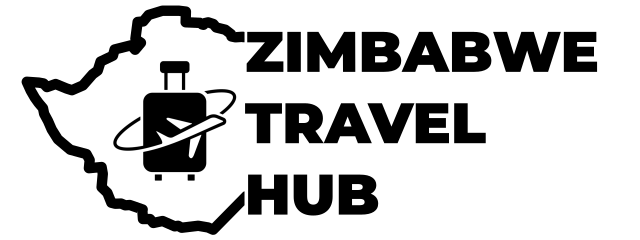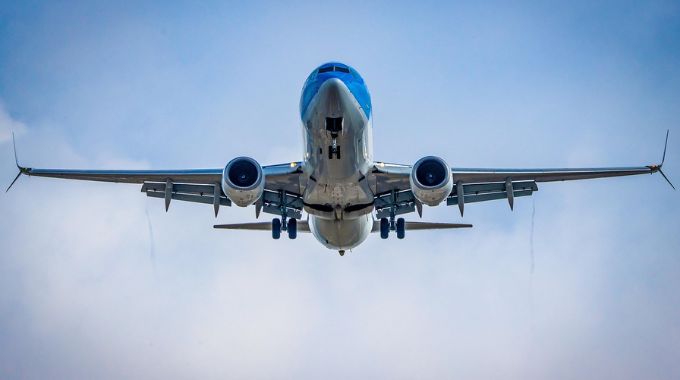When you are travelling To Zimbabwe, understanding the available modes of entry and internal travel is essential for a seamless and enjoyable journey.
This article provides detailed insights into reaching Zimbabwe and navigating within its borders.
How to Get to Zimbabwe
By Air: Flying to Zimbabwe
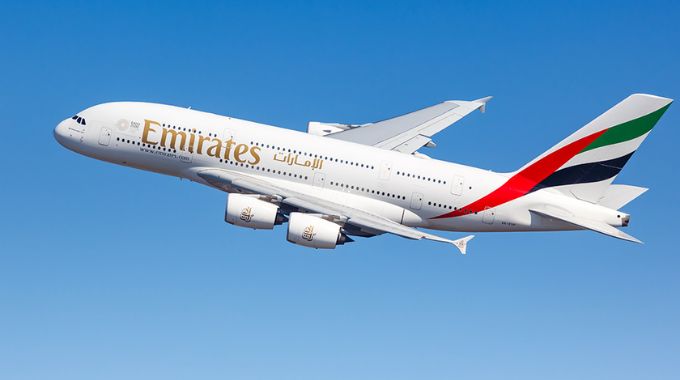

Air travel is the most efficient and commonly used method to enter Zimbabwe. The country is served by several international airports:
- Robert Gabriel Mugabe International Airport (Harare): Located in the capital city, this airport is the primary gateway for international travelers. It offers connections to various global destinations.
- Victoria Falls International Airport: Situated near the iconic Victoria Falls, this airport caters to tourists aiming to explore one of the world’s most spectacular waterfalls.
- Joshua Mqabuko Nkomo International Airport (Bulawayo): Serving Zimbabwe’s second-largest city, this airport provides access to the country’s southwestern regions.
Major airlines, including Emirates, Ethiopian Airlines, and Qatar Airways, operate flights to these airports, often with layovers in hubs like Johannesburg, Addis Ababa, and Dubai.
For instance, daily flights from Johannesburg connect to Victoria Falls and other destinations in Zimbabwe.
Entry Requirements:
- Visas: Most visitors require a visa to enter Zimbabwe. Citizens of countries such as the USA, UK, Canada, Australia, and most EU nations can obtain a visa upon arrival at airports or border posts upon payment of requisite fees. However, some nationalities must secure a visa prior to travel.
- Passport Validity: It’s recommended that passports have at least six months’ validity and two blank pages.
- Vaccinations: Currently, there are no mandatory vaccinations for entry.
By Land: Border Crossings
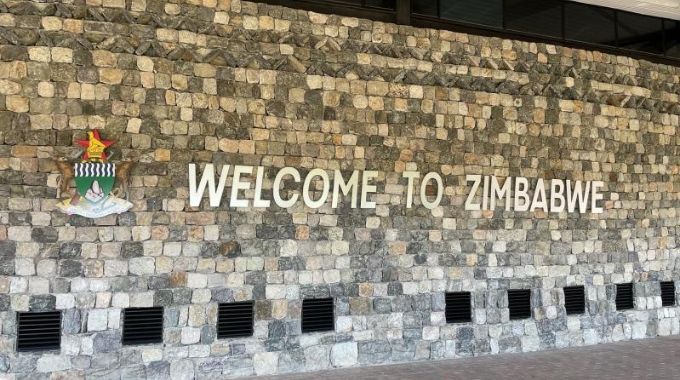

As a landlocked nation in Southern Africa, Zimbabwe shares its borders with South Africa, Botswana, Zambia and Mozambique. The country is accessible through ten primary border posts:
- Chirundu Border Post
- Kariba Border Post
- Victoria Falls Border Post
- Kazungula Border Post
- Pandamatenga Border Post
- Ramokgwebane Border Post
- Beitbridge Border Post
- Espungabera Border Post
- Forbes Border Post
- Nyamapande Border Post
Entry Requirements:
- Visas: Similar to air travel, visas can often be obtained at these border posts, depending on nationality.
- Customs Regulations: Travellers should be aware of customs regulations, including restrictions on certain goods and the declaration of large sums of currency.
- Vehicle Permits: If driving, ensure all vehicle documentation is in order, including ownership papers and insurance.
Tips for Smooth Border Crossings:
- Timing: Cross borders during weekdays and early hours to avoid long queues.
- Documentation: Carry all necessary documents, including passports, visas, and vehicle papers.
- Fees: Be prepared to pay any applicable fees in the local currency or US dollars.
Travelling to Zimbabwe By Bus: Long-Distance Coaches
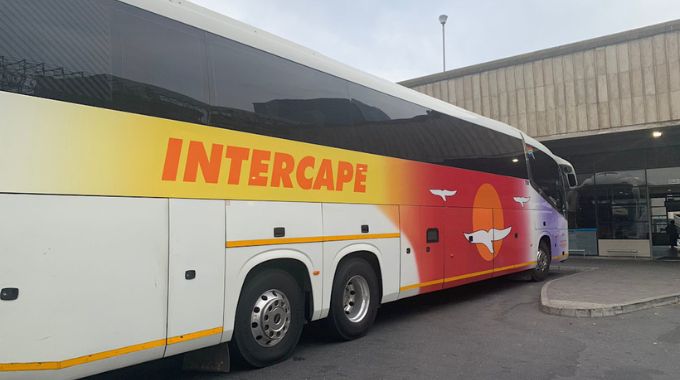

For those preferring overland travel, several international bus services operate routes into Zimbabwe:
- From South Africa: Companies like Intercape offer services from Johannesburg to Harare and Bulawayo.
- From Zambia and Botswana: Various operators provide connections to cities like Harare and Victoria Falls.
Considerations:
- Travel Time: Bus journeys can be lengthy; for example, the trip from Johannesburg to Harare can take approximately 15 hours.
- Cost: Bus travel is generally more affordable than flying, making it a viable option for budget-conscious travelers.
- Comfort: While buses are equipped with basic amenities, the level of comfort varies between operators.
By Train: Regional Rail Travel
Train travel into Zimbabwe is limited but possible:
- South Africa: The Shongololo Express offers luxury rail journeys from Pretoria to Victoria Falls, providing a scenic and leisurely travel experience.
- Zambia: The Tazara Railway connects Dar es Salaam in Tanzania to Kapiri Mposhi in Zambia, from where travelers can proceed to Zimbabwe by road.
Considerations:
- Schedules: Train services may not run daily; it’s essential to check current timetables.
- Booking: Advance booking is recommended, especially for luxury trains.
- Alternative Options: Given the limited rail connectivity, combining train and bus travel might be necessary.
Getting Around Zimbabwe
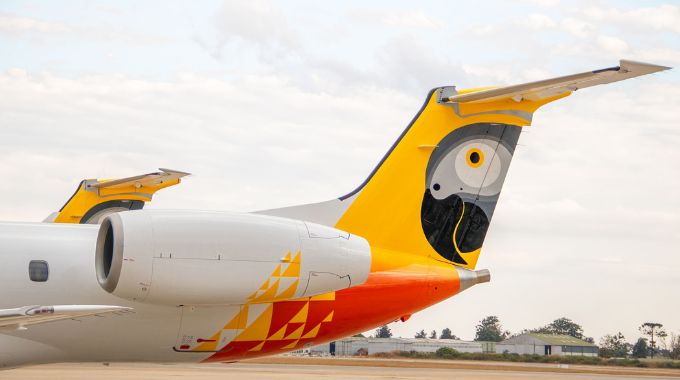

Domestic Flights
For expedient travel within Zimbabwe, domestic flights are available:
- Airlines: Carriers such as Air Zimbabwe and Fastjet operate flights connecting major cities.
- Routes: Regular flights link Harare, Bulawayo, and Victoria Falls. Fastjet also has flights to Kariba and Hwange National Park.
- Booking: Tickets can be purchased online or through travel agents.
Considerations:
- Cost: While more expensive than ground transport, flights significantly reduce travel time.
- Schedule: Flight frequencies may vary; it’s advisable to check current schedules in advance.
Car Rental and Self-Driving
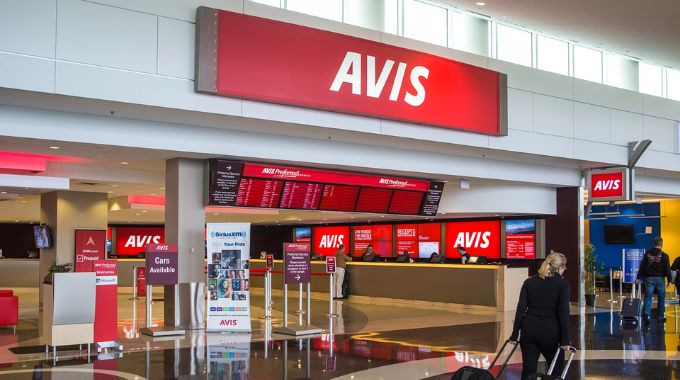

Renting a car offers flexibility for exploring Zimbabwe:
- Rental Companies: International firms like Avis and Europcar, as well as local providers, operate in major cities and airports.
- Requirements: Drivers need a valid license, passport and an International Driving Permit (IDP) for rentals. Many car rental agencies require a credit card for security deposits.
- Road Conditions: While major highways are generally in good condition, some rural roads may be rough, especially during the rainy season (November–April). A 4×4 vehicle is recommended for off-road travel, particularly in national parks.
- Fuel Availability: Fuel stations are available in cities but can be scarce in remote areas. It’s advisable to fill up whenever possible and carry extra fuel for long journeys.
- Driving Rules: Zimbabwe follows left-hand driving. Speed limits are strictly enforced, and police roadblocks are common. Ensure all vehicle documents are in order to avoid fines.
Public Transport: Buses and Minibuses
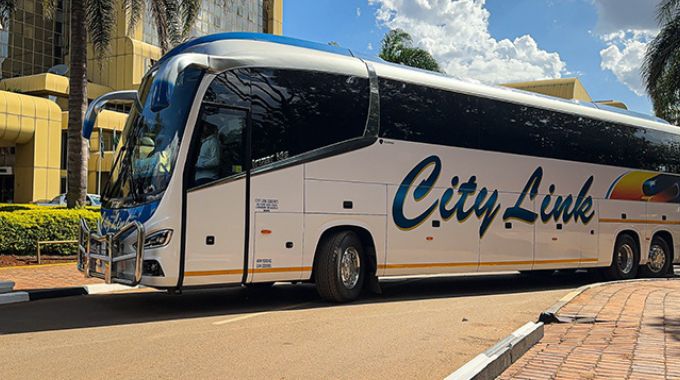

Zimbabwe’s public transport system consists mainly of buses and minibuses (kombis):
- Long-Distance Buses: Reliable coach services like Intercape and City Link operate between major cities. They offer relatively comfortable seating and air conditioning.
- Minibuses (Kombis): These shared taxis are the most common form of local transport. They are inexpensive but often overcrowded and operate on fixed routes.
Considerations:
- Affordability: Public transport is budget-friendly, but comfort levels vary.
- Safety: Minibuses can be poorly maintained, and drivers may drive recklessly. It’s advisable to use registered transport services.
- Schedules: There are no fixed timetables; vehicles depart when full.
Taxis and Ride-Hailing Services
- Conventional Taxis: Metered taxis are available in cities like Harare and Bulawayo. However, fares should be negotiated in advance as meters are rarely used.
- Ride-Hailing Apps: Services like Hwindi and Vaya Africa provide convenient transportation options via smartphone apps, offering safer and more reliable rides than traditional taxis. The most popular one at the moment is inDrive.
- Private Drivers: Many visitors opt to hire private drivers for day trips, especially in areas with limited public transport.
Cycling and Walking
- Urban Areas: Walking is common in city centers.
- Cycling: While not widespread, cycling is possible in some areas, particularly in Victoria Falls and smaller towns.
- Safety: Pedestrians and cyclists should be cautious of traffic, as road conditions and driving habits can be unpredictable.
Final Tips for Getting Around Zimbabwe
- Currency: The US dollar is widely accepted, but it’s advisable to carry small denominations for transport payments.
- Connectivity: Mobile networks (Econet, NetOne, Telecel) offer good coverage, but data packages may be expensive.
- Emergency Contacts: Save local emergency numbers, including police (999) and medical services.
- Local Etiquette: When using public transport, be polite and respect local customs.
Zimbabwe offers various transport options, from flights and self-driving to buses. Understanding these choices ensures a smooth and enjoyable journey, whether exploring major cities, historic sites, or natural wonders like Victoria Falls.
With careful planning, navigating Zimbabwe can be a hassle-free and rewarding experience.
